Vesicle Formation
/This is an easy procedure to produce millions of liposomes, artificial vesicles, around 5um in diameter. First, lipids are dissolved in paraffin oil to create an oil saturated phase. Second, an inner solution is prepared. The inner solution will end up inside the vesicles. In our case, the inner solution is a cell free reaction to produce green fluorescent protein. Next, the inner solution is added to the paraffin oil, as shown in the top right picture. Then, vortex for about one minute until the large drop of inner solution is broken up. The oil should be cloudy now, like in the bottom right image. At this point, the hydrophilic heads of the lipids are in the water droplets and the hydrophobic tails are in the oil phase. In this configuration the droplets are called micelles because of the lipid monolayer. To make liposomes, which have a lipid bilayer, the paraffin oil phase, with the micelles, can be layered above another water phase. A second lipid monolayer will be formed at the oil water interface. The micelles can be pulled through the interface by centrifugation. The resulting liposomes will be pelleted at the bottom of the tube. Below is a fluorescent image of GFP produced in liposomes. Liposomes are being investigated to create a minimal cell.

































